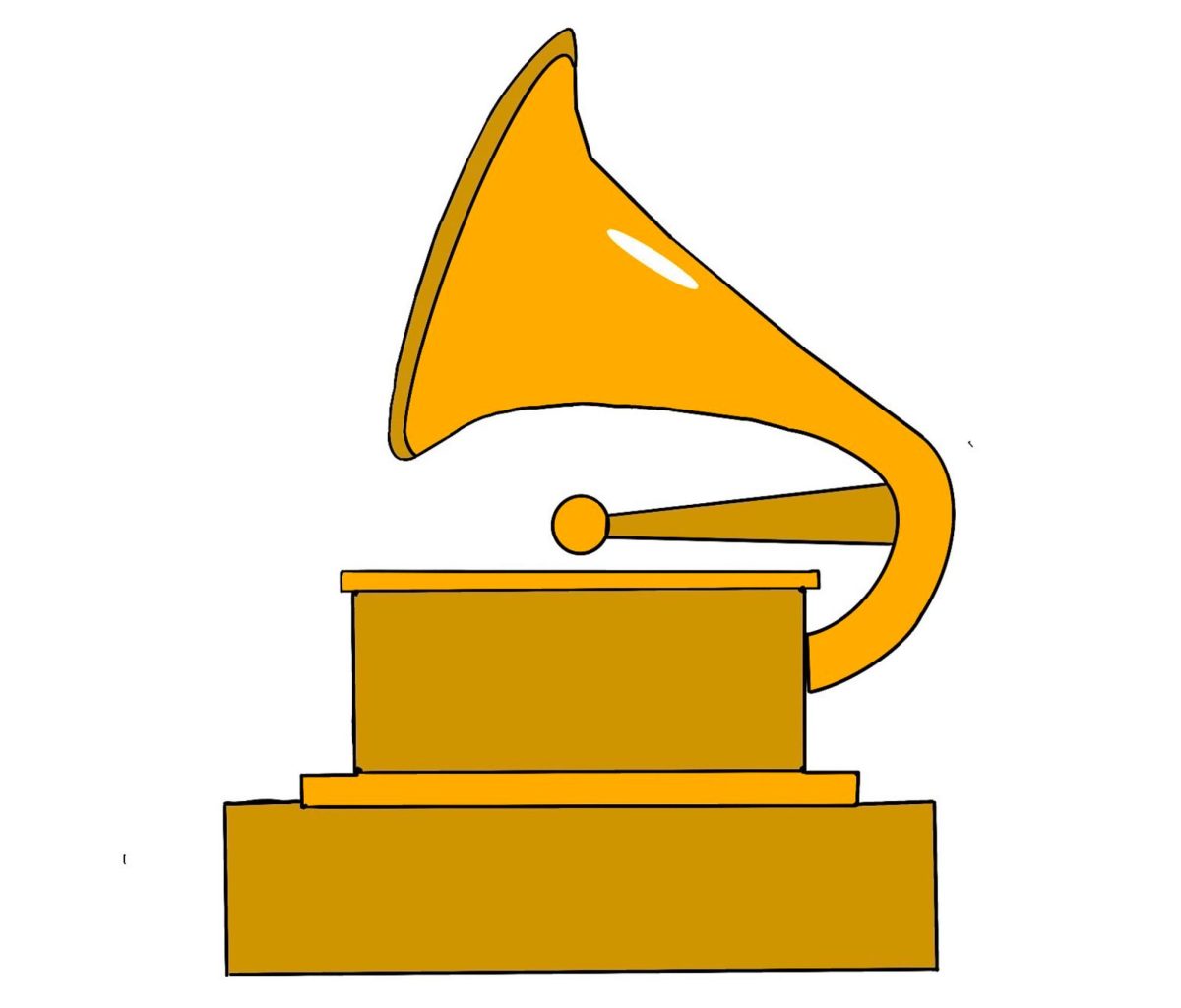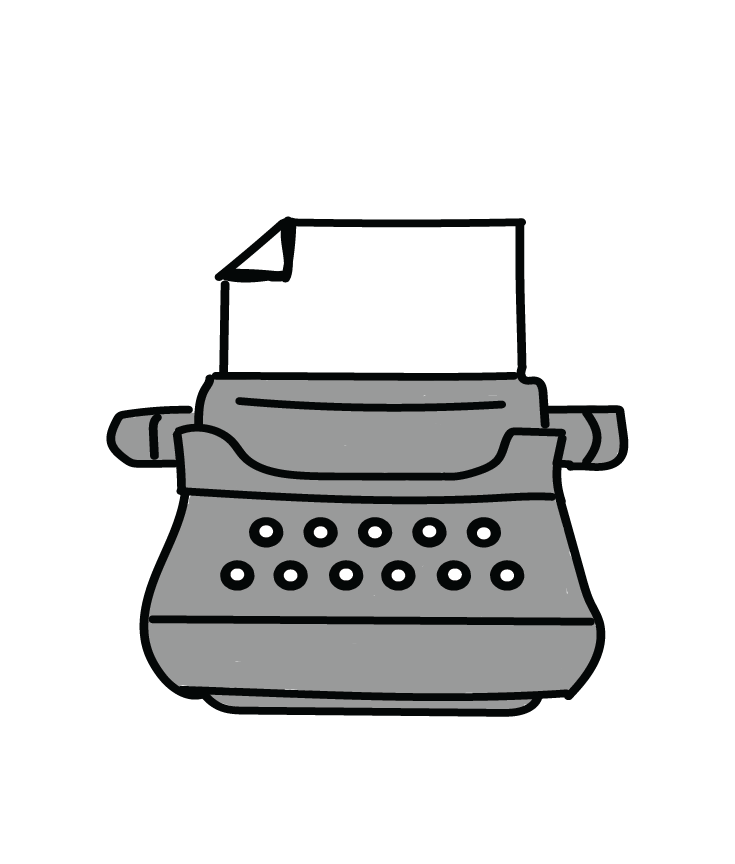
Alternative rock was a male-dominated genre throughout the 1990s, with bands like Alice In Chains, Radiohead, and Pearl Jam leading the charts. Although female rock artists were certainly present at the time, their contributions are sometimes less recognized than those of more popular male artists.
Hole, a female-led alternative rock band, was founded in 1989 in Los Angeles, California. Hole’s 1994 magnum opus “Live Through This” is a frenzied exploration of female rage, drug use, and motherhood. Frontwoman Courtney Love has long been a controversial figure in pop culture, but this detail doesn’t subtract from the feminist triumph that is “Live Through This.” The album turns 30 in April of this year.
“Live Through This” is an album that is delightfully raucous. Most of the tracks contain rapid guitar and harsh drumming, with a few exceptions, such as “Doll Parts” and “Softer, Softest”, which are notably more mellow. Many of the songs have frantic highs and calm lows, which bounce back into a high point. Love’s vocals are gravelly and oozing with madness. Her style is marked by a distinct rasp and guttural screams.
This record alludes to motherhood several times. Love had given birth to daughter Frances Bean Cobain in 1992, and the songs are littered with imagery of baby bottles and milk. Love is particularly fixated on the latter.
In “I Think That I Would Die” Love cries, “Who took my baby?/I want my baby /Where is the baby?/I want my baby.” This is a reference to an event in Love’s life where she temporarily lost custody of her daughter after a Vanity Fair article accused her of using drugs while pregnant. Drugs are also referred to throughout “Live Through This,” specifically heroin, a drug which is infamously associated with Love, partially because her late husband, Nirvana frontman Kurt Cobain, who also used the drug.
Cobain is often thought to be the inspiration for several songs on “Live Through This.” It is even theorized that Cobain was a writer on the album, but this has never been confirmed. “Live Through This” was released days after Cobain’s death.
“Live Through This” could be described as therapeutic in some ways. The anger and anguish of Love’s vocals are comforting in a violent, yet beautiful way. The imagery provided by this album is unsettling, but alluring. This album has a vast appeal, engaging to those interested in feminism, the grunge movement of the 1990s, or anyone who simply enjoys alternative rock music.
“Live Through This” helped Love to prove herself as a musician and artist. She wasn’t a groupie, she wasn’t just a rockstar’s wife: She was a rockstar in her own right, and not someone to be silenced.


![Reaching out. Christopher Lesh, student at Central Catholic High School, serves ice cream during the event on March 2, 2025, at the Portland waterfront. Central Catholic was just one of the schools that sent student volunteers out to cook, prepare, dish, and serve food. Interact club’s co-president Rachel Gerber, junior, plated the food during the event. “I like how direct the contact is,” Gerber said. “You’re there [and] you’re just doing something good. It’s simple, it’s easy, you can feel good about it.”](https://wlhsnow.com/wp-content/uploads/2025/03/interact-1-edited-1200x744.jpg)





























































![At the bottom of the third inning, the Lions are still scoreless. Rowe stands at home plate, preparing to bat, while Vandenbrink stands off to the side as the next batter up. Despite having the bases loaded, the team was unable to score any runs. “It’s just the beginning of the season. We’re just going to be playing out best by June, [and] that’s where champions are,” Rowe said.](https://wlhsnow.com/wp-content/uploads/2024/03/IMG_3077-1200x900.jpg)



















































